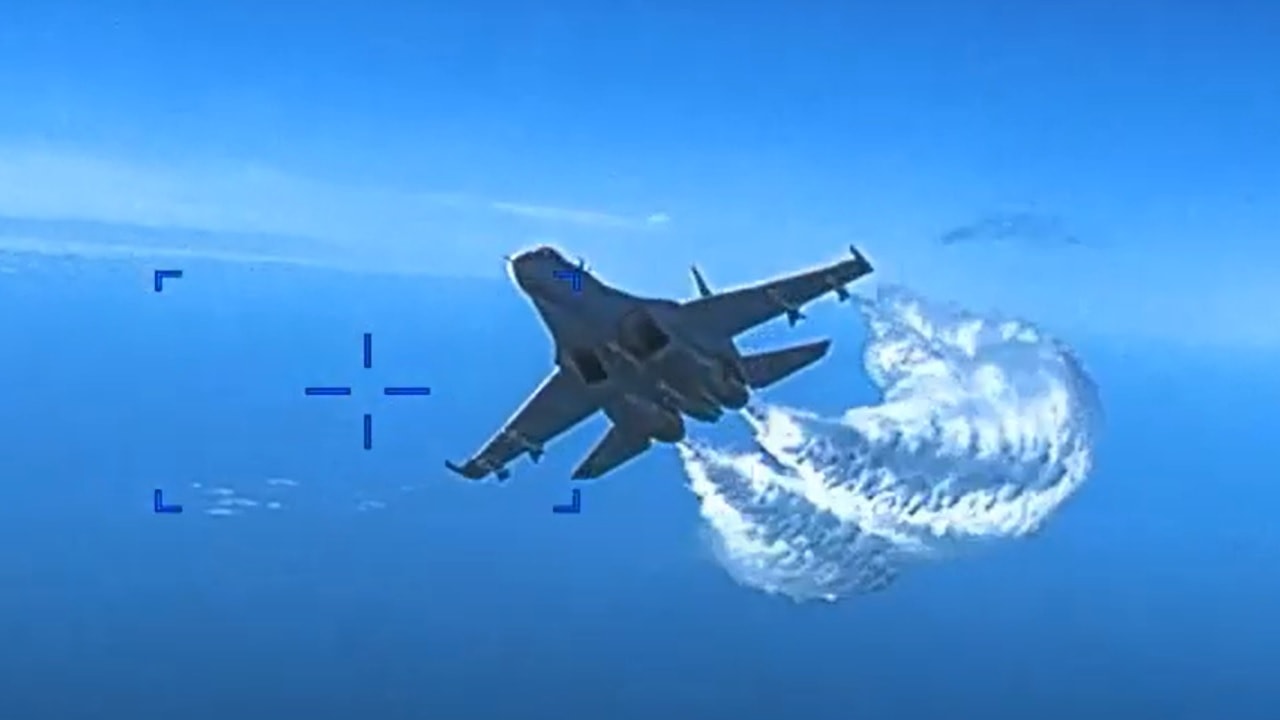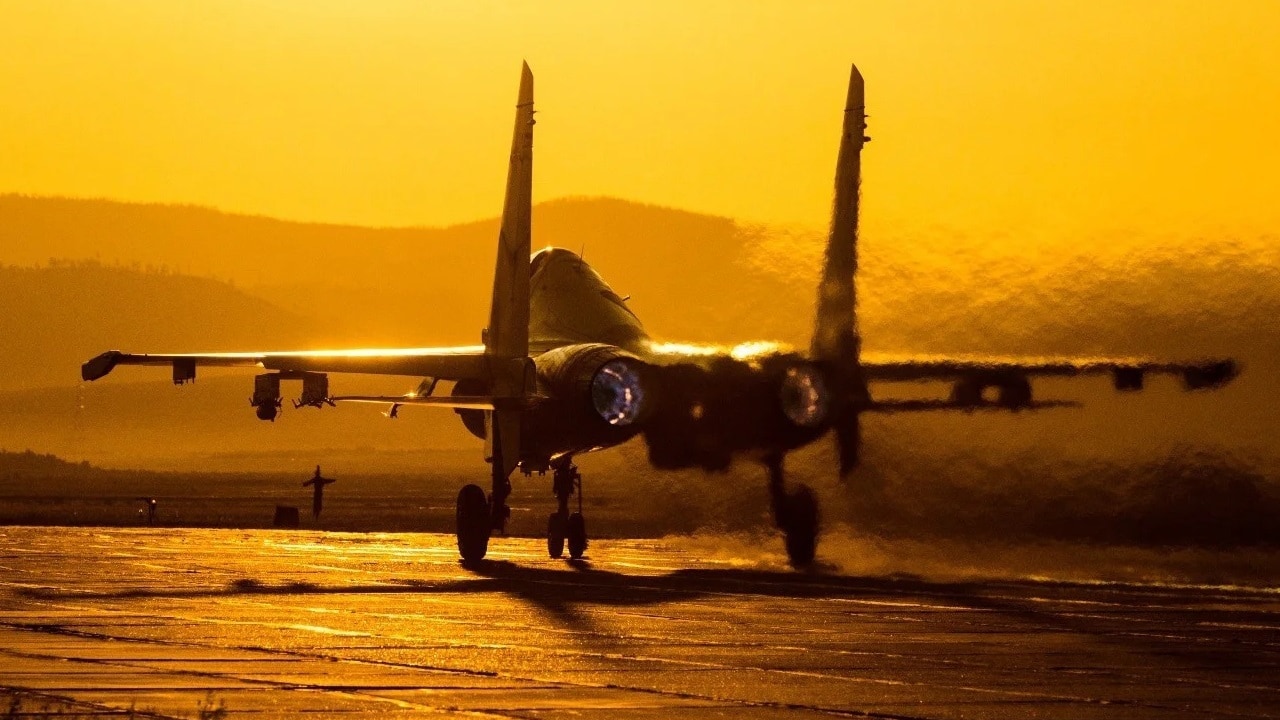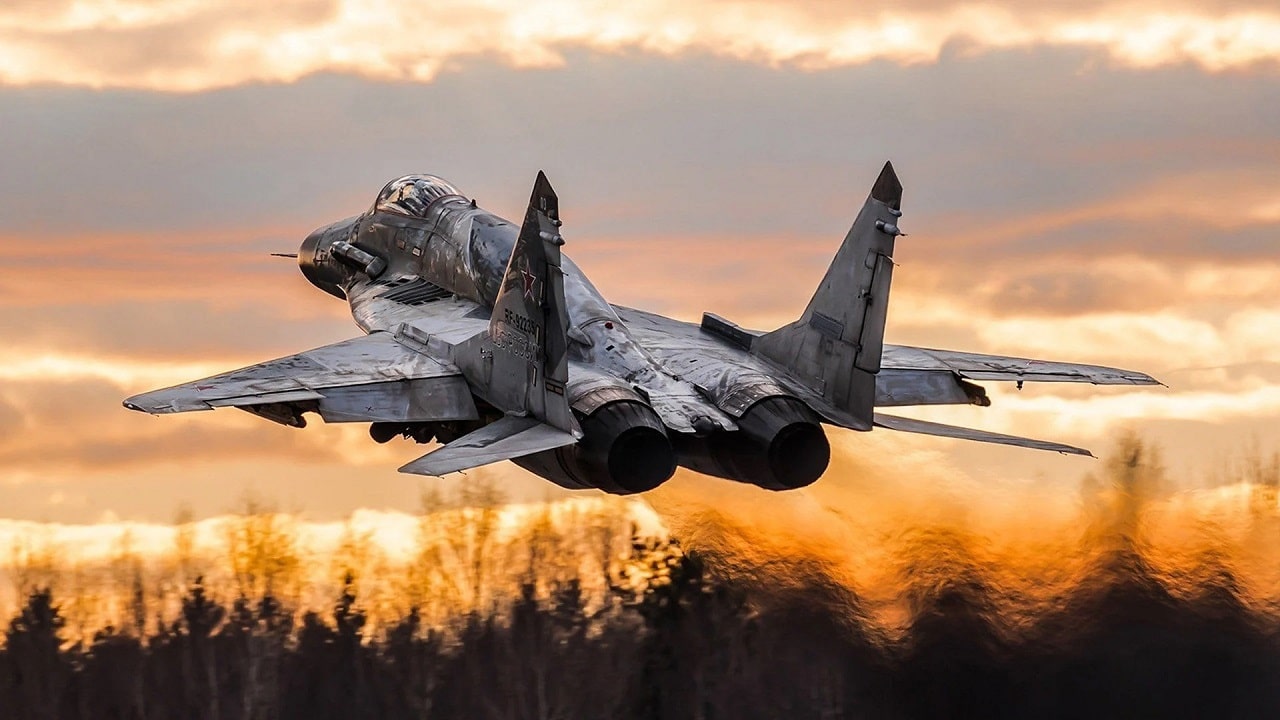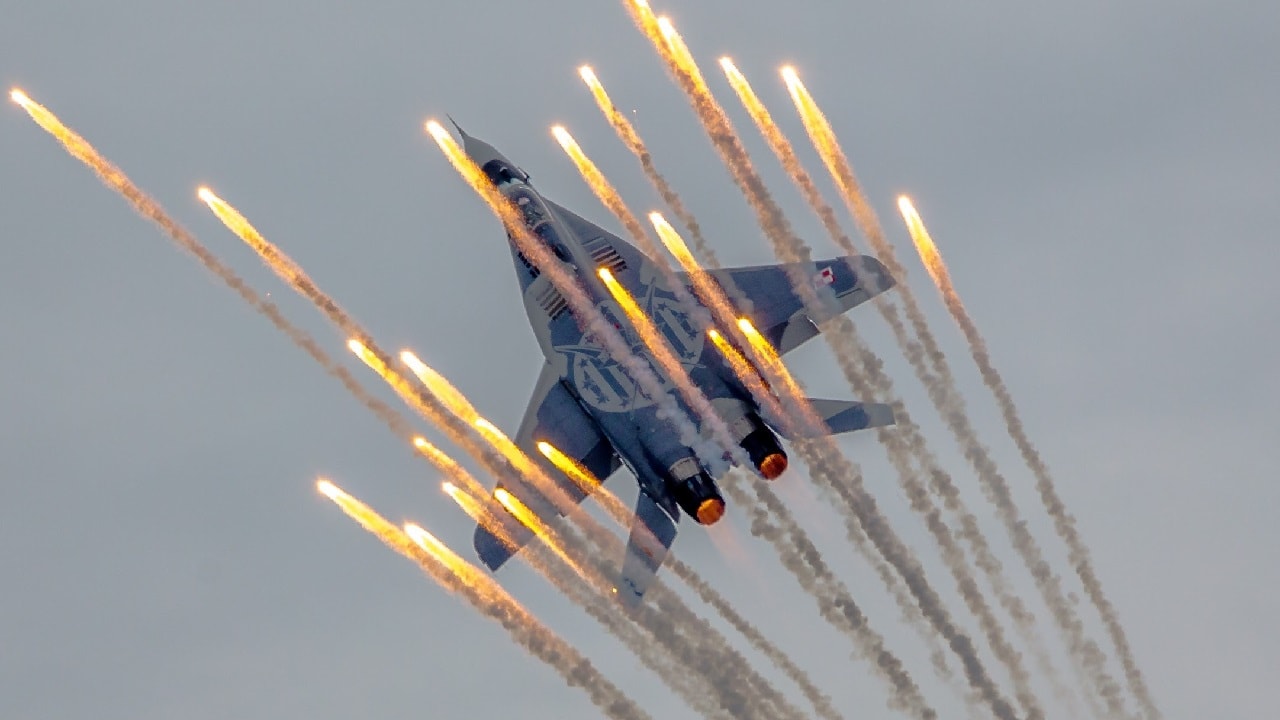Key Points: North Korea’s military, historically reliant on outdated hardware, may soon bolster its capabilities with Sukhoi Su-27 and Mikoyan MiG-29 fighters from Russia, likely as compensation for Pyongyang’s support of Moscow’s war in Ukraine.
-While these fourth-generation aircraft are not cutting-edge, they would enhance the North Korean Air Force and support pilot training.
-There are concerns about North Korean pilots potentially operating these jets in Ukraine.
-However, even with these additions, North Korea’s air force would remain significantly outclassed by South Korea’s advanced fleet and U.S. fifth-generation fighters like the F-22 Raptor stationed in the region.
Su-27s and MiG-29s for North Korea: A Game-Changer or Symbolic Aid?
The Hermit Kingdom has long relied on antiquated military hardware dating back decades, but its increasingly close relationship with Russia and its increased domestic efforts have allowed it to significantly enhance its military capabilities. Even more worrisome is that North Korea could soon receive fourth-generation Sukhoi Su-27 (NATO reporting name Flanker) and Mikoyan MiG-29 (NATO reporting name Fulcrum) fighters from Moscow, likely compensation for Pyongyang’s aid in the Kremlin’s ongoing war in Ukraine.
Admiral Samuel Paparo, commander of U.S. Indo-Pacific Command, first told Aviation Week on the sidelines of Reagan National Defense Forum in Simi Valley, California, of Moscow’s planes to send the fighters to its Asian ally.

Su-27 Russia Drone Screenshot
The Su-27 and MiG-29s aren’t the most cutting-edge military aircraft, and according to a report from Simple Flying, it is “unclear how many service life flight hours these old jets will have.” Yet, it would still be a boost for the North Korean Air Force.
Another possibility is that the aircraft will help jumpstart efforts to train North Korean pilots on the two platforms. Pyongyang has operated a small number of MiG-29s since before the end of the Cold War, but most of its air force is far older.
Is Russia Getting North Korean Pilots?
Pyongyang has aided Moscow by supplying ordnance, artillery, and most recently ground troops. Moreover, there have been reports that North Korea has sent pilots to support Russia’s war effort.
Simple Flying added, “There was speculation that North Korea could be the one sending aid to the struggling Russian Air Force. North Korea could potentially supply pilots and Su-25 Frogfoots,” a type of fighter that is already operated by the North Korean Air Force.
Is it possible that North Koreans will soon be in MiG-29s and Su-27s in the skies over Ukraine? If so, it would be interesting to see if the aircraft can stand up to Ukraine’s fleet of American-made F-16s. Could we expect a 21st-century version of “MiG Alley,” this time with North Koreans aiding Moscow instead of the other way around?

Russian Su-27. Image Credit: Creative Commons.
What About the Korean Peninsula?
Unless North Korea receives a significant number of Russia aircraft, which is unlikely due to Moscow’s own needs, the MiG-29s and Su-27s aren’t likely to change the dynamic on the Korean Peninsula. The Republic of Korea Air Force (RoKAF) operates far more advanced aircraft, while the United States Air Force has deployed fifth-generation Lockheed Martin F-22 Raptors to the region.
The older Soviet-designed fighters would pose little if any significant threat.
The Mikoyan MiG-29 (NATO reporting name “Fulcrum”) was developed by the Soviet Union in the 1970s in response to increasingly sophisticated warplanes, and the aircraft soon earned a reputation as a formidable and agile dogfighter. Export models were operated by former East Germany, India, and notably Poland.
The Su-27 was also developed in the Soviet Union around the same time, and it was meant to be the Kremlin’s answer to the McDonnell-Douglas F-15 Eagle as well as the Grumman F-14 Tomcat. The Su-27 first entered service in the mid-1980s as an air superiority fighter, and its primary role was to be a long-range interceptor against the United States Air Force’s Strategic Air Command’s Rockwell B-1B Lancer and Boeing B-52G and H Stratofortress bombers, while also protecting the Soviet Union’s coastlines from aircraft carriers. It was also tasked with flying long-range fighter escorts for Soviet heavy bombers including the Tupolev Tu-95, Tupolev Tu-22M, and Tupolev Tu-160.

MiG-29 fighter jet. Image Credit: Creative Commons.
Author Experience and Expertise: Peter Suciu
Peter Suciu is a Senior Editor focusing on defense issues for 19FortyFive. He has contributed to more than four dozen magazines, newspapers, and websites with over 3,500 published pieces over a twenty-year career in journalism. He regularly writes about military hardware, firearms history, cybersecurity, politics, and international affairs. Peter is also a Contributing Writer for Forbes and Clearance Jobs. You can follow him on X: @PeterSuciu – and on Bluesky: @petersuciu.bsky.social.

